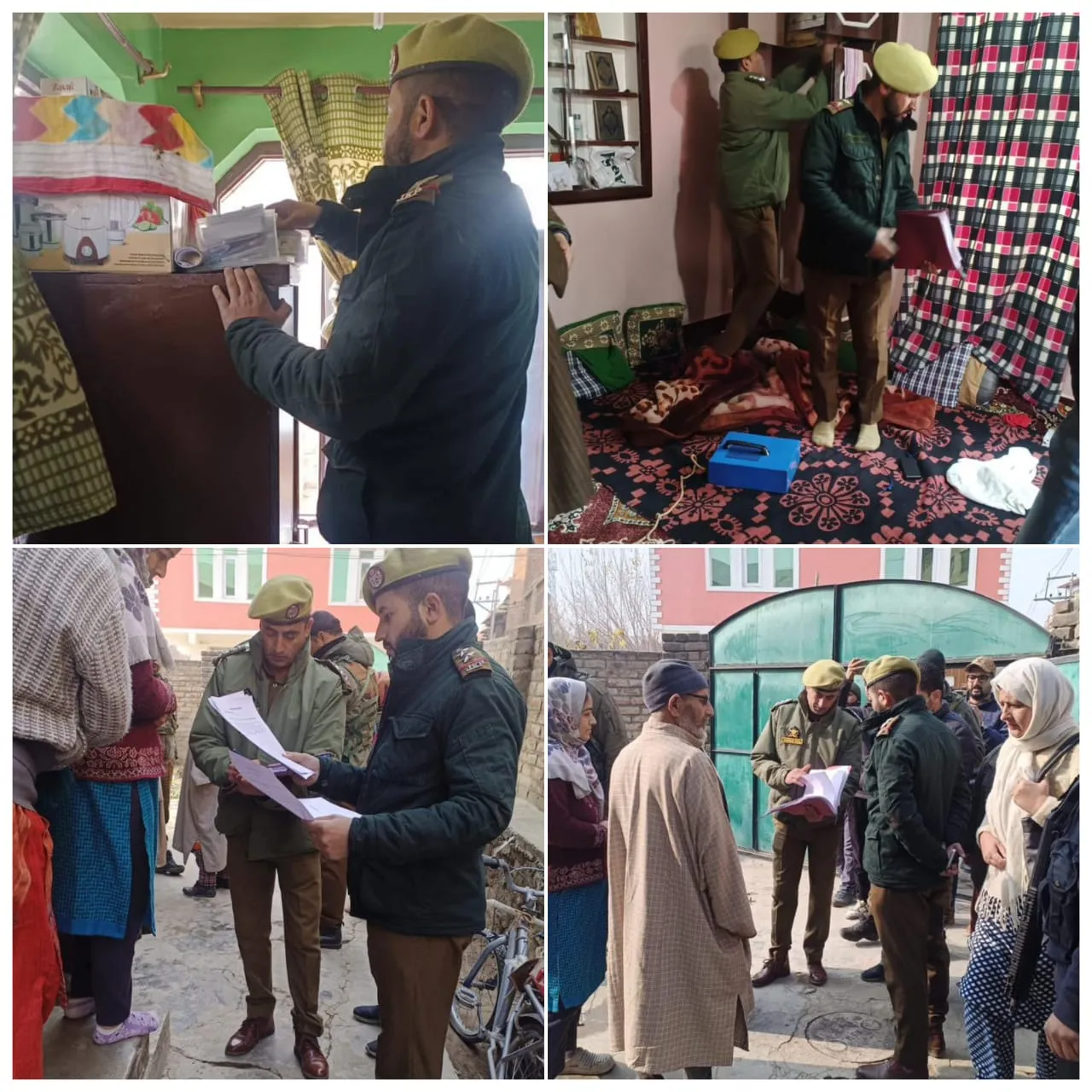Today’s Current Affairs highlight the ongoing displeasure of politicians and residents in Okinawa over the noise pollution caused by foreign fighter jets, especially the F-35 Lightning II. With an increasing number of military drills and activities in the region, tensions have risen as the loud noise from these stealth aircraft disrupts daily life. As concerns grow regarding the impact on residents and the environment, Okinawa’s unique situation with a heavy US military presence continues to be a pressing issue in Japan’s defense strategy.
Today’s Current Affairs: Okinawa’s Ongoing Struggle Against Military Expansion
In Okinawa, citizens continue to protest against the establishment of additional military infrastructure for US forces, despite no imminent threat from China. Despite efforts to reclaim land and reduce the US military presence, Okinawa still hosts 70% of American military installations in Japan. The deployment of Japanese Self-Defense Force units in the prefecture has also been steadily advancing. Governor Denny Tamaki emphasizes the need to balance SDF facilities with reducing the burden of US military bases. The ongoing tension highlights the complex dynamics of security and military presence in the region.
1. What is the main concern of politicians and residents of Okinawa regarding the increasing number of foreign fighter jets like the F-35 Lightning II in the region?
A) Air pollution
B) Noise pollution
C) Water pollution
D) Land pollution
Answer: B) Noise pollution
Question 1
- A. Okinawa Prefecture
- B. Tokyo
- C. Hokkaido
- D. Kyoto
Answer: A. Okinawa Prefecture
Question 2
- A. 50%
- B. 70%
- C. 30%
- D. 90%
Answer: B. 70%
Question 3
- A. Ishigaki Island
- B. Tokyo
- C. Kyoto
- D. Hokkaido
Answer: A. Ishigaki Island
Question 4
- A. Reduction of military presence
- B. Increase in military presence
- C. No change in military presence
- D. Transfer of military presence
Answer: B. Increase in military presence
1. Why are politicians and residents of Okinawa expressing displeasure with the increasing number of foreign fighter jets like the F-35 Lightning II?
– Politicians and residents of Okinawa are expressing displeasure with the increasing number of foreign fighter jets like the F-35 Lightning II due to the noise pollution caused by these jets in the region.
2. What impact has the U.S. military’s drills had on the region in tandem with China’s growing assertiveness?
– The U.S. military’s drills in tandem with China’s growing assertiveness have resulted in an uptick in military activity in the region, leading to concerns about noise pollution and the expanding U.S. military presence in Okinawa.
3. How does the F-35 Lightning II contribute to noise pollution in Okinawa?
– The F-35 Lightning II, a fifth-generation stealth aircraft, is known for producing extremely high levels of noise. Reports suggest that the F-35 engine can produce noise levels up to 105 decibels without the afterburner and up to 150 decibels with the afterburner, causing significant noise pollution in the region.
4. What concerns do residents near airfields hosting the F-35 have regarding noise pollution?
– Residents near airfields hosting the F-35 have complained about noise pollution caused by the aircraft, with some reports indicating that the F-35 is perceived as being several times louder than other fighter jets like the F-16 and A-10. This has led to complaints from residents about the disruptive noise levels.
5. Why is the military presence in Okinawa a cause of contention for the local populace?
– The military presence in Okinawa has been a cause of contention for the local populace due to the high concentration of U.S. military outposts on the island, despite it only accounting for approximately 1% of Japan’s total land area. This has led to concerns about noise pollution and the impact of the military presence on the daily lives of residents in densely populated areas.
Why do citizens of Okinawa protest against the establishment of additional military infrastructure for US forces?
The citizens of Okinawa protest because they believe there is no threat from China that justifies the need for more military infrastructure.
What percentage of American military installations in Japan are located in Okinawa Prefecture?
Okinawa Prefecture houses 70% of all American military installations in Japan.
What recent developments have occurred in the deployment of the Japanese Self-Defense Force in Okinawa?
A camp for the Ground Self-Defense Force was stationed on Ishigaki Island in March 2023, and in March 2024, a surface-to-ship missile regiment was stationed in the city of Uruma in central Okinawa.
What is Okinawa Gov. Denny Tamaki’s stance on the establishment of SDF facilities in Okinawa?
Okinawa Gov. Denny Tamaki believes that the establishment of SDF facilities should be considered alongside the reduction of the U.S. military base burden.
Despite the protests and demands of the Okinawans, why has there been an increase in military presence on the island?
Despite the protests and demands for the removal of military presence on the island, the region has seen an increase in military presence due to China’s enhanced security threat.
Today's Current Affairs highlight the ongoing dissatisfaction among politicians and residents of Okinawa regarding the increasing noise pollution caused by foreign fighter jets, particularly the F-35 Lightning II, stationed at the Kadena Air Base. The noise pollution issue has once again come to the forefront, with concerns raised about the impact on the region's residents. The F-35, known for its high noise levels, has been a subject of complaints from the locals, leading to protests and calls for reducing the military presence in the area. The escalating military activity in Okinawa, in response to China's assertiveness, has further fueled the discontent among the citizens. The Japanese government has promised to address the issue and reduce the burden on Okinawa, but challenges remain as the region continues to host a significant number of US military bases despite being a small fraction of Japan's total land area. Today's current affairs highlight the ongoing tension in Okinawa over the presence of US military installations. Despite protests from citizens, the prefecture still houses 70% of all American military bases in Japan. Efforts are underway to reclaim land for the transfer of the USMC Air Station Futenma. Additionally, the Japanese Self-Defense Force is increasing its presence in the region, with new facilities being established. Governor Denny Tamaki has called for a reduction in the US military presence to coincide with the expansion of SDF facilities. However, with the growing security threat from China, the region is experiencing more military buildup rather than a decrease.










